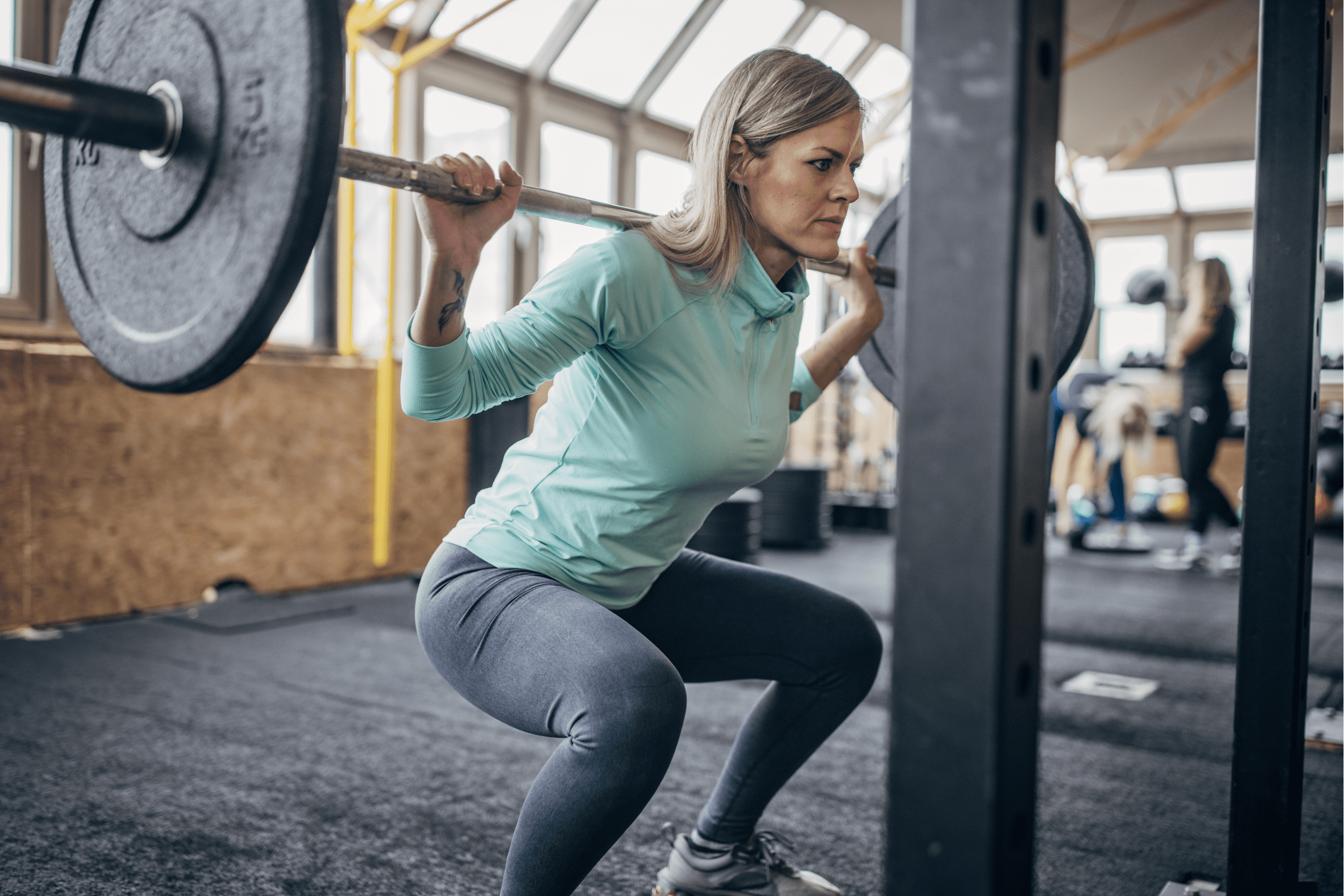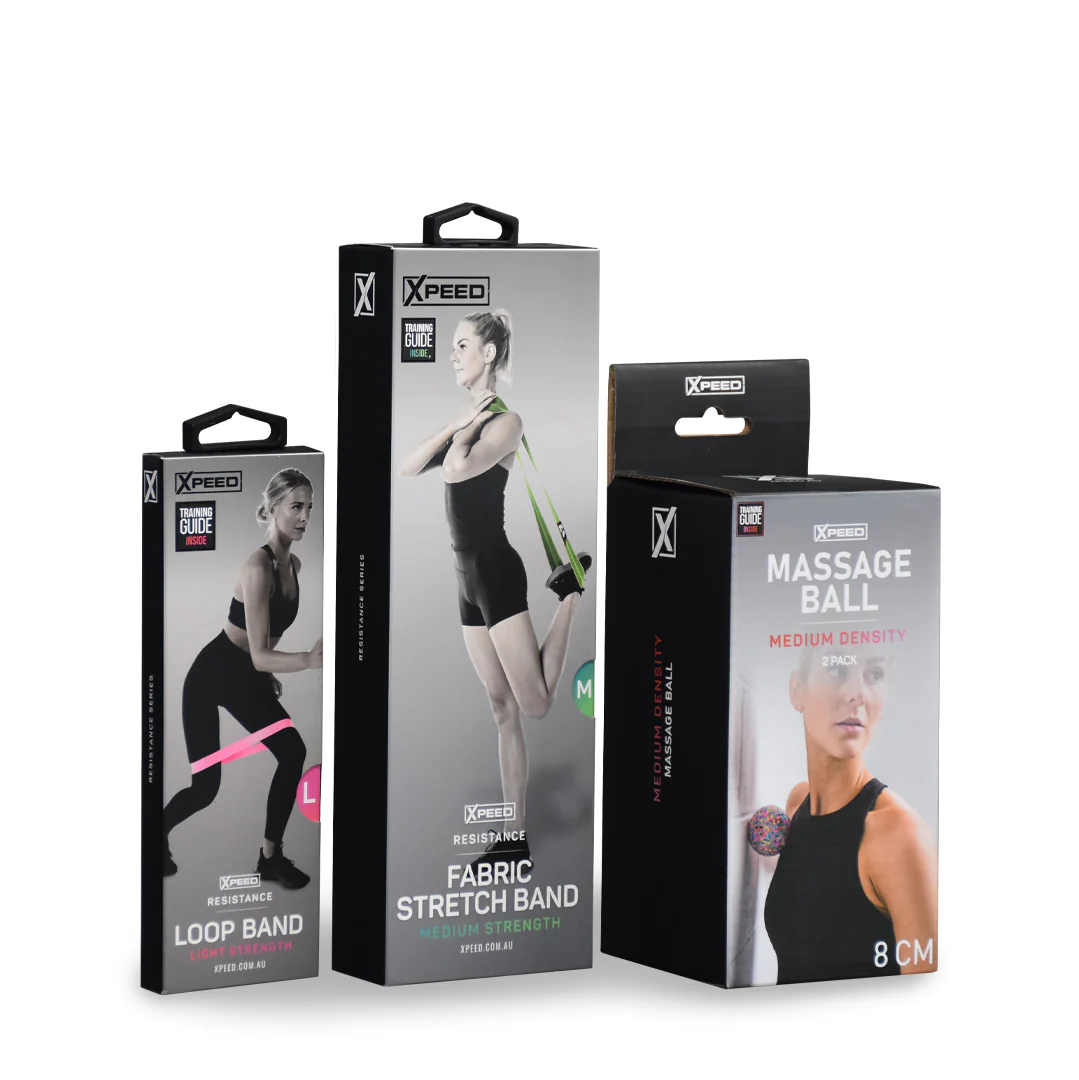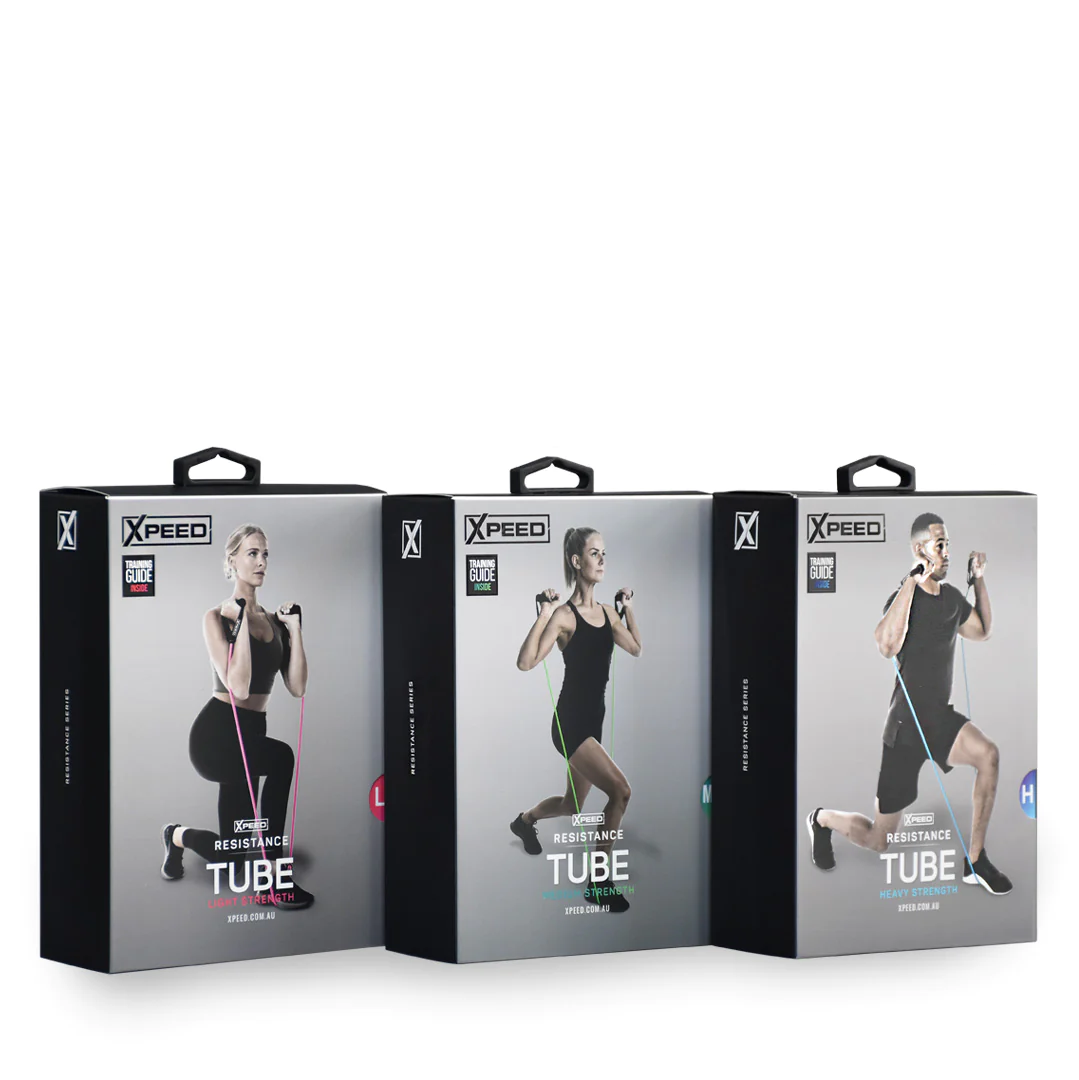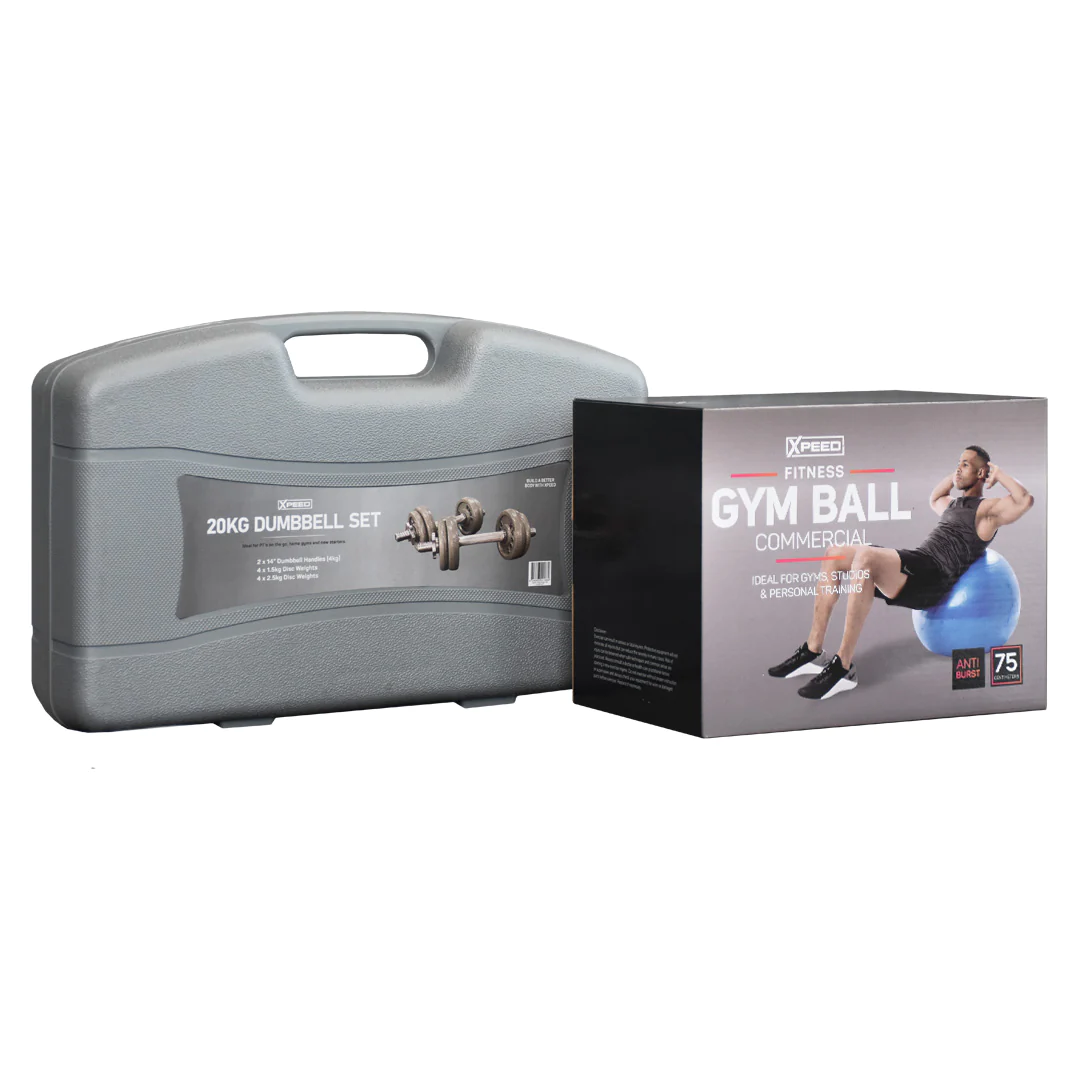Osteoporosis can be well managed, prevented and even improved through exercise. If you or a friend/family member have been diagnosed with osteoporosis, then these 5 exercise tips for osteoporosis are for you! Take your condition into your own hands and don’t take any chances with falls or fractures!
BRIEF OVERVIEW
Osteoporosis is a condition common in females (and some males), particularly post-menopausal women or those 70 years and older. It is diagnosed when your bone density is low, meaning you are more susceptible to fractures due to bone fragility. These fractures are mainly due to low trauma (i.e. walking, coughing). Unfortunately osteoporosis is commonly undiagnosed until a fall and thus a fracture occurs. As there are no real indicators of the disease prior to this – it is known as a ‘silent disease’. Low bone density comes in two forms. Osteopenia, which is low bone density but not clinically significant. And osteoporosis, which is even lower bone density than osteopenia and is a clinical diagnosis.
Low bone density occurs as an imbalance in two cells that act on our bones occurs. We have osteoblasts, cells that help to form bone, and osteoclasts, cells that breakdown our bones. Unfortunately as we age, the osteoclasts work faster than our osteoblasts. Meaning that we lose bone quicker than we create it, causing low bone density.
I think it is imperative that when women hit their 50-60’s they request a bone density scan from their GP – as it is currently not mandatory! This way you could get results and a baseline level before your bone density gets to the point of osteoporosis. Meaning you can make lifestyle changes to prevent getting osteoporosis in the first place. These lifestyle changes include using the 5 exercise tips for osteoporosis I have mentioned below!
exercise for osteoporosis Tip one – HEAVY RESISTANCE EXERCISE
It is well researched and known that HEAVY resistance exercise (i.e. weights) can help to improve and manage bone density. This includes for both individuals with osteopenia and osteoporosis to help manage and improve their bone density. As well as help prevent osteoporosis from occurring in those who have normal bone density.
The increase in bone density occurs because when you exercise, your muscles contract and pull on your tendons. These tendons are connected to your bones, so in turn pulls on your bones. This pulling stimulates your osteoblasts (cells that help to form bone) to do their job and create new bone. Exercise has also been shown to suppress the activity of your body’s osteoclasts, which are cells that breakdown your bone.
When it comes to resistance exercise for your bones, you do not have to be a gym person. If you go to the right people (an Exercise Physiologist) we can help teach you how to lift weights! For WHAT resistance exercise you should be doing, keep an eye out for my next blog! So, you now know that resistance exercise is great for our bones, what else should you be focusing on?
exercise for osteoporosis TIP TWO – HIGH IMPACT EXERCISE
The next thing to incorporate into your lifestyle is high impact exercise! Impact exercise is when your limbs forcefully make contact with the ground (or a surface), usually in a repetitive motion. Examples include: jumping, running, hopping, leaping. You want to be aiming for a heavy landing (i.e. make lots of noise) when you do your impact exercise. As this help to stimulate bone growth (i.e. get the osteoblasts working!).
The important thing is to not start at the most difficult impact exercise. As choosing something too impactful that your body can’t cope with may actually be detrimental! Starting at something simple like heel drops, then progressing towards small jumps, then leaps and then drop jumps, for example. Everyone is different in where they should start, so don’t hesitate to ask someone for guidance if needed. The idea is that the impact must be heavy, i.e. make the loudest possible noise you can when impacting the floor.
SUMMARY
As indicated, there are many exercise tips for osteoporosis, and exercise is a great way to help manage osteoporosis. So, you now know to add in heavy resistance exercise and impact exercise to your weekly routine, what can you do next? A very important factor relating to osteoporosis is falls prevention. As with low bone density and a fall, can come a fracture. Keep an eye out for my next blog to read more about osteoporosis and falls prevention.
Just a reminder that these exercise tips for osteoporosis are general in nature and to seek out something specific and individualised based on your capabilities if needed. Exercise prescription is very different person to person, depending on your ability and goals. What might be ok for one person might not be ok for the next.
If after reading this you’re unsure where you are at and what you should or shouldn’t be doing, it might be worth making a booking with an Accredited Exercise Physiologist. You can find me here – https://informhealth.com/our-team/kara-moore/.
Some good websites you can check-out to help gain some knowledge include:
https://www.betterhealth.vic.gov.au/health/conditionsandtreatments/osteoporosis-and-exercise
https://www.mayoclinic.org/diseases-conditions/osteoporosis/in-depth/osteoporosis/art-20044989
Hopefully this information has helped you better understand how to manage osteoporosis with exercise. Thankyou for taking the time to read my blog!
Stay active!
Kara, AEP, AES, ESSAM, BClinExPhys(Hons)













0 Comments